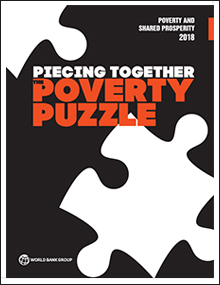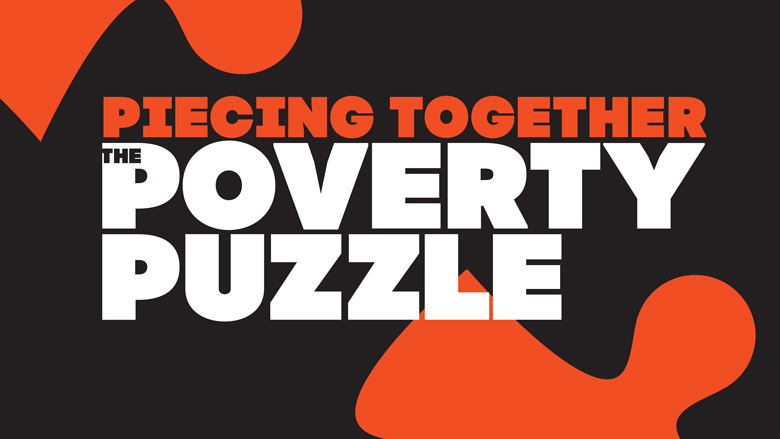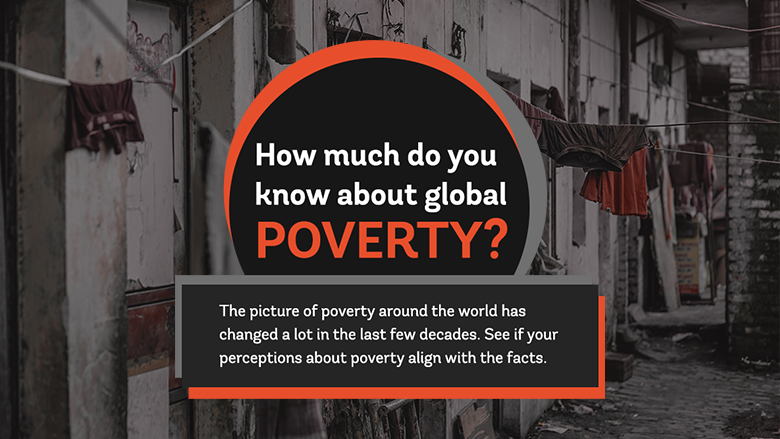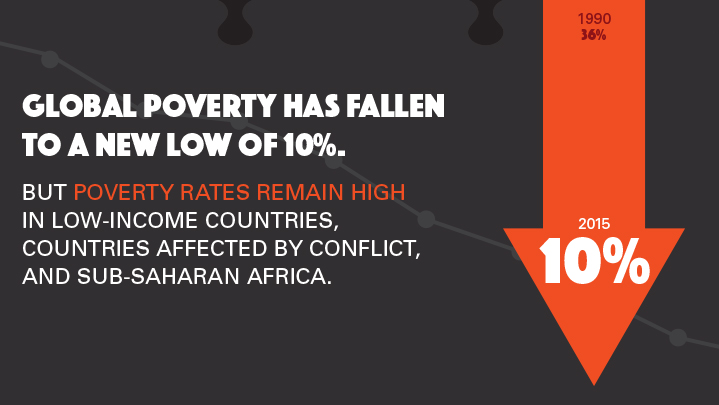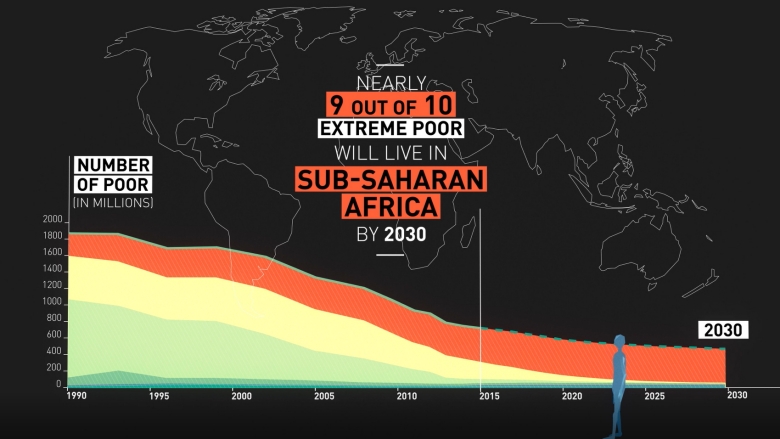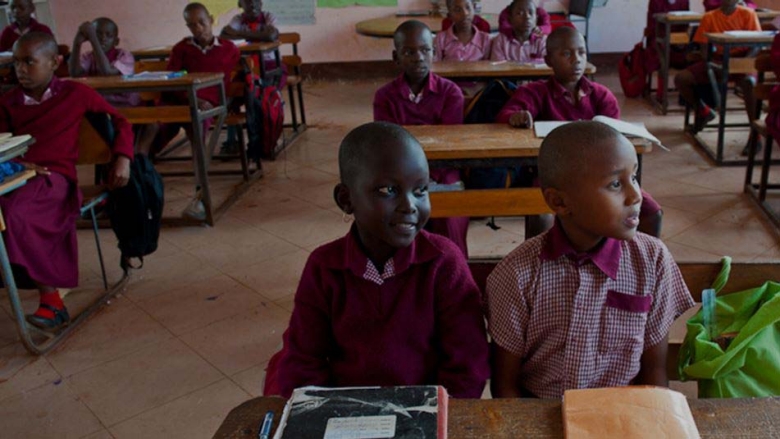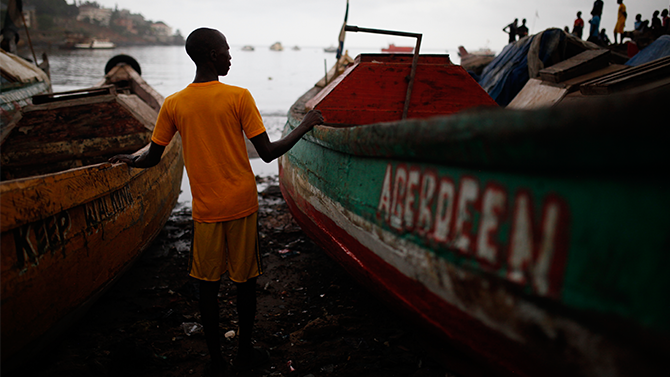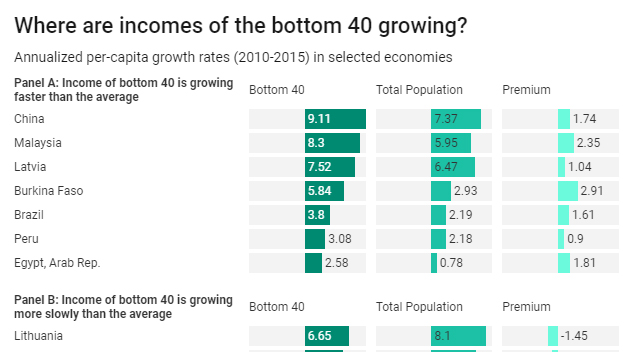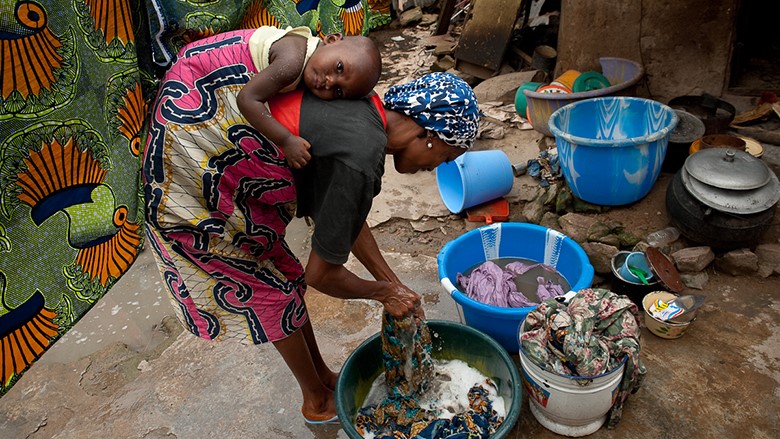Extreme Poverty
The world has made tremendous progress in reducing extreme poverty. The percentage of people living in extreme poverty globally fell to a new low of 10 percent in 2015 — the latest number available — down from 11 percent in 2013, reflecting continued but slowing progress. The number of people living on less than $1.90 a day fell during this period by 68 million to 736 million.
Despite the tremendous progress in reducing extreme poverty, rates remain stubbornly high in low-income countries and those affected by conflict and political upheaval. In the 25 years from 1990 to 2015, the extreme poverty rate dropped an average of a percentage point per year – from nearly 36% to 10%. But the rate dropped only one percentage point in the two years from 2013 to 2015. In fact, the total number of poor in Sub-Saharan Africa has been increasing. In 2015, more extreme poor lived in that region than in the rest of the world combined. By 2030, under all but the most optimistic scenarios, poverty will remain in double digits in Sub-Saharan Africa.

